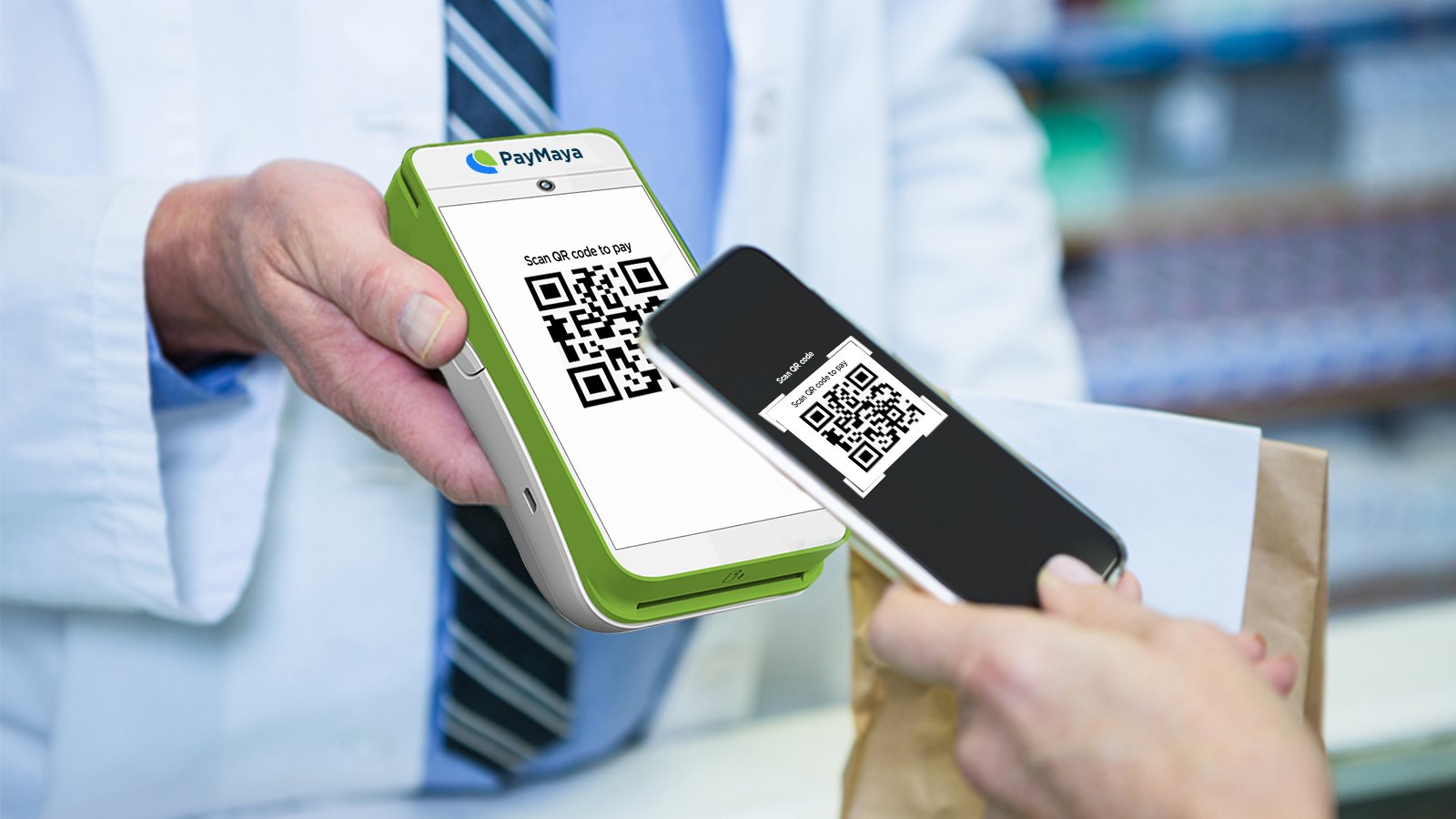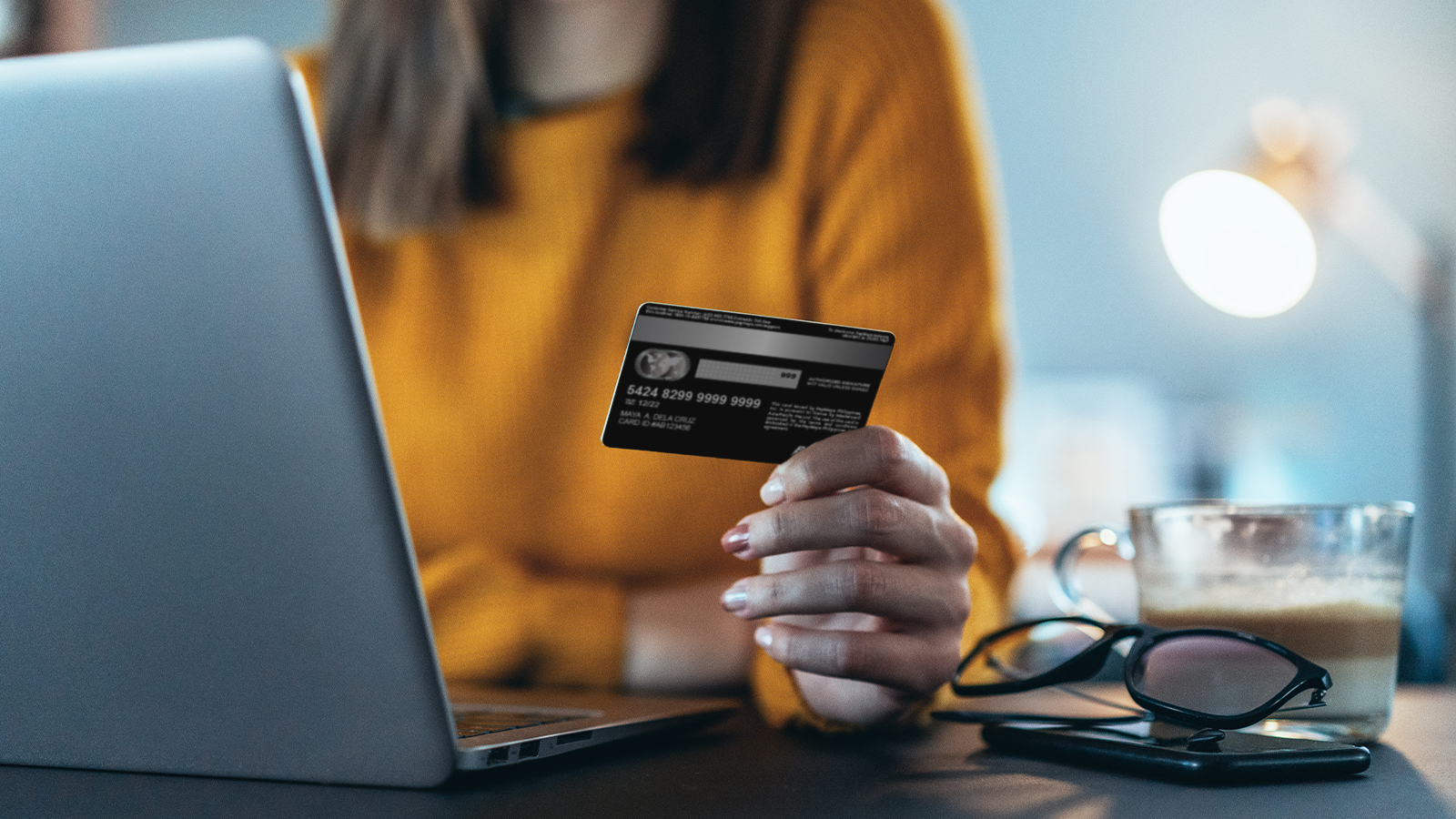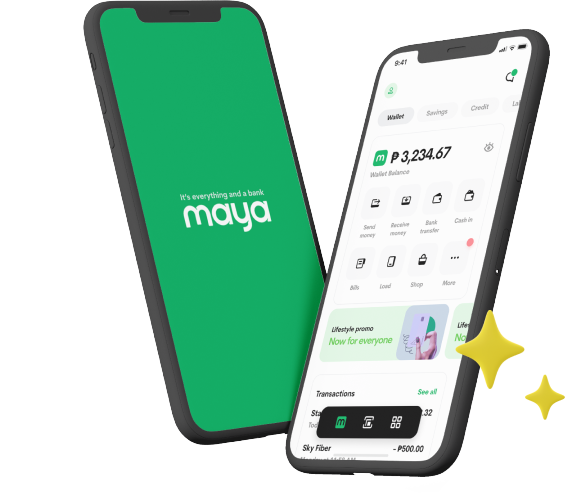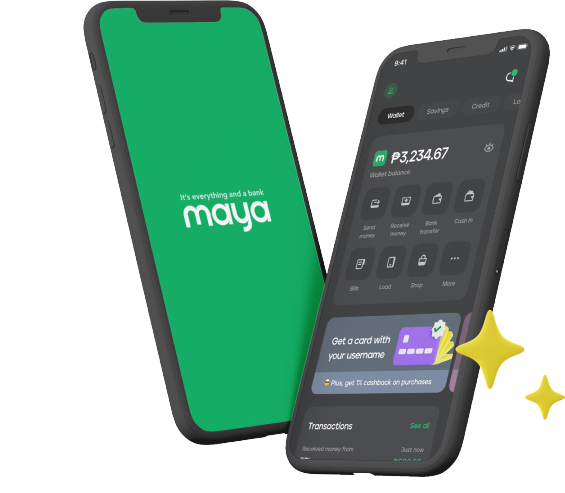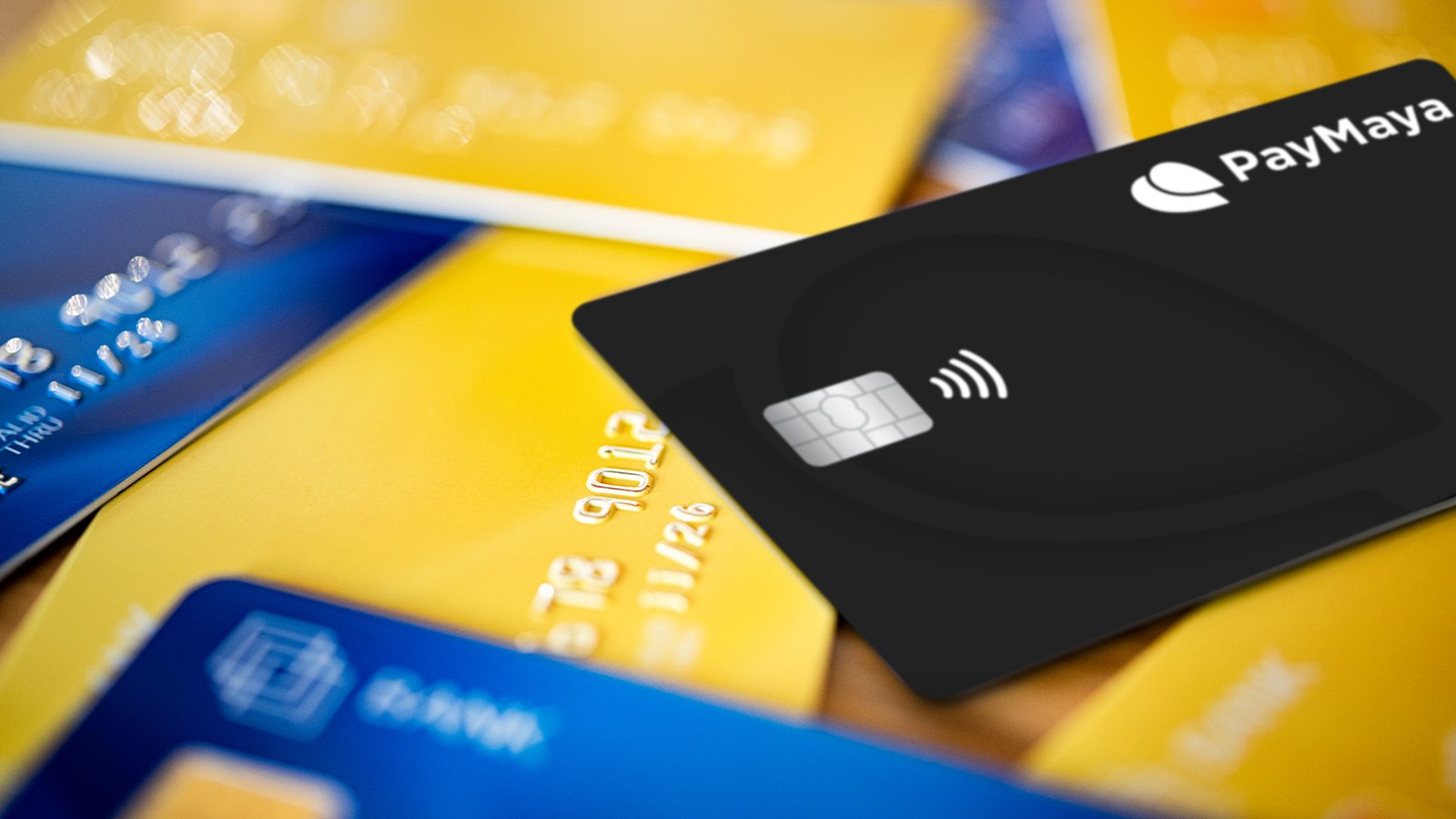
For many young Filipinos, getting one’s first payment card—whether it’s a debit card or a credit card—is like a rite of passage. Nothing says “grown-up,” “financially capable,” and “ready for the future” like a plastic payment card tucked into one’s wallet. And in this era, when so many essential items can be bought via cashless transactions, having a physical card or virtual card is a must. Once you’re used to accounting for your purchases, you’ll be happy to own a financial tool like a credit or debit card. The question is, which of the two is the best option for you?
Here’s a rundown of what you should know when you get a payment card of your own. Let’s learn the differences between a credit card and debit card, which one to choose for yourself, and how to make the most of your purchasing experiences using them!
What Sets Credit Cards and Debit Cards Apart?
Credit cards and debit cards are similar in that they are both typically issued by banks and used for cashless payments. Both cards will save you a trip to the ATM just for you to withdraw large amounts of cash. Other things that the cards have in common are distinct 16-digit numbers, card verification value (CVV) numbers, expiry dates. Moreover, most debit and credit cards fall under either the MasterCard or VISA payment network. These are the financial services providers that process the transactions.
However, there are important differences between these two card products as well. The first difference is where the money for cashless payments comes from. With a debit card, funds for purchases are drawn directly from your savings or checking account with your bank. That means that you can only spend the money that you currently have on hand. In contrast, a credit card allows you to spend within a credit limit, or a certain fixed amount that will be borrowed from the bank. As long as you don’t go over this limit and you pay that same amount back on the due date, you can spend more freely.
Credit cards are great for big purchases, like appliances or gadgets, as they can be used to pay for these on an installment basis. Debit cards, on the other hand, are perfectly sufficient for everyday cashless purchases. Both demand a certain level of discipline from the cardholder, but credit card owners are under more pressure to be financially responsible. That’s because credit cards come with annual fees, and there are penalties for not paying monthly dues on time. To have the best experience with their new credit card, the cardholder has to commit to staying on top of these obligations.
Between a Credit Card and a Debit Card, Which Should You Use?
Once you know the difference between the two card products, it’ll be easier to know which kind of card program to sign up for. But here are some additional considerations you may want to make before you get a credit or debit card.
How Experienced Are You at Managing Your Money?
Between the two card products, debit cards are best for beginners or new account holders. They’re the ideal card product for students, first-time wage earners, or those who are yet to become familiar with the cashless lifestyle. In contrast, credit cards are best suited to those who are more financially stable, used to making cashless payments, and more experienced with managing money. Which of these applies to your situation?
Are You Capable of Paying Annual Fees and Penalties?
A good rule to follow is to enroll in a card program that’s within your means. If you get a credit card, you have to be ready to pay the annual fees that your bank will issue. You also have to be willing to pay penalties in case you ever miss a due date. For less stress about issues like these, get a debit card and stay within the limits of what’s in your savings or checking account.
Should You Explore Options Other Than Traditional Debit and Credit Card Products?
Remember that traditional debit and credit card products from banks aren’t the only card products you can use. You also have the choice of getting a virtual payment card that can complete cashless transactions just like a debit or credit card. These are also accepted anywhere debit and credit cards are by virtue of them using a payment network like VISA or MasterCard. You can opt for a prepaid card that you load in advance, or a card that links to your e-wallet instead of your bank account. With options like these, you can enjoy breezy cashless payments just like you would with a credit or debit card.
Improve Your Lifestyle with Your Very Own Payment Card
Regardless of which type you choose, getting your own payment card is sure to open a whole new world of possibilities for you. You can pay with it at many brick-and-mortar establishments, like supermarkets, petrol stations, pharmacies, or your favorite retail outlets. A growing number of online establishments now accept debit, credit, or prepaid card payments as well. You can use your card to pay for travel, or you can use it at a payment center to settle bills. You’ll also be eligible for exclusive rewards from your payment card program, and you’ll benefit from the hottest deals, discounts, and cashbacks from partner merchants.
Enroll in a payment card program today and use your new card to achieve both greater financial freedom and financial responsibility. Research on the card products available in the Philippines and choose the one that best aligns with your lifestyle!
You might also like
These Stories on Financial Literacy

